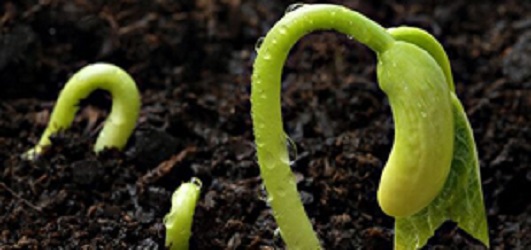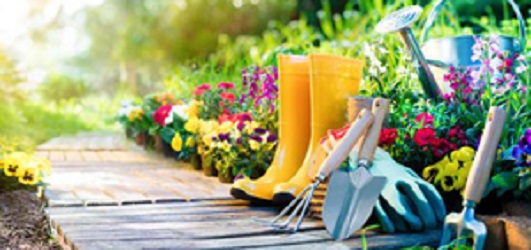How to Conduct a Seed Germination Test
A germination test determines the maximum germination potential or the viability of the seeds. How do you then conduct a seed germination test? Yukon Gold Gardening gives you tips that you can use to carry out seed viability test.
Seed viability and germination
Seed viability goes hand in hand with seed germination. The higher the viability of particular seeds, the higher the germination percentage. You do not want to plant seeds that will not germinate because that will be a waste of your time and money. That is the reason why it is crucial to test your garden seeds before planting to ensure you get the best value of your time and money.
How long do seeds last?
This is one of the most common questions among farmers. However, the question has no particular answer because different varieties of seeds have different lengths of time they can be viable. Some seeds can stay for several years and still be viable to plant while others may not even take one year, so the viability of seed will depend on the seed.
One thing that is for sure is, no seed will last forever, and at some point, the seed will lose its viability in one way or the other. The good news is that you can use a simple viability test discussed below to determine whether your seeds are viable or not.

How to test the viability of Garden Seeds
Paper towel germination and baggie test can be used to give you a very standard germination test on older seeds. It is super easy for seeds to sprout in towels and it does not take long. When carrying out the analysis, you do not have to worry about losing the sample seeds that have germinated in the towel because they can be planted and continue growing.
You can do this process with some simple items around your house and get the best results. Such materials are:
- Zipper baggie
- Paper towels
- Old Seeds
- A paint pen
- Water
Steps for the paper towel Germination and Baggie test
To carry out this Germination test, you can use as many seeds as possible. Yukon Gold recommends that you use ten samples, but still you can fewer if you do not have many seeds to spare. However, do not use less than five samples, as your test will likely not be accurate.
Below is a step by step on how to germinate seeds in a paper towel with the baggie test.
i. Prepare the paper towel
One or two towels are enough for the test. You need damp towels, but you do not need them dripping with water. Place them on a flat surface.
ii. Place sample seeds on the wet paper towel
Just lay the seeds on top of the towels but ensure that they do not touch each other.
iii. Fold the paper towel
Fold the seeds into the paper towel carefully and gently press down to ensure the towel is in contact with the seeds and there are no air bubbles left inside.
iv. Label the plastic bag
Write the names of the seeds you are testing and indicate the date if you are doing the testing on different days.
v. Put the paper towel into the bag
Put the folded moist paper towel with seeds in it into the baggie and zip it up.
vi. Add heat
Ensure that you put your viability seed testing bags in a warm location but not exposed to direct sunlight. You can place them on top of a refrigerator or next to a heat vent.
Your seed viability test is now set and you have to keep checking it after a couple of days if they have germinated. You can check through the baggie, but sometimes you will have to remove the paper towel and unfold it carefully to check whether the seeds have germinated.
You need to be patient with the seeds because some seeds will take longer than others will. Every time you check, ensure that the towel is not dry, if the towel seems to be drying, you can add some little water to keep it wet. If you are planning to plant the germinating samples, you should plant them in the soil straight away to facilitate proper plant care.
According to Yukon Gold Gardening tips and tricks, if the germination percentage is 80-100%, your seeds are a good quality to plant. If the germination percentage is 50%, then you should plant twice as many seeds you intended to plant. If the germination percentage is less than 50%, then you should consider the seed sample bad and toss it out.



